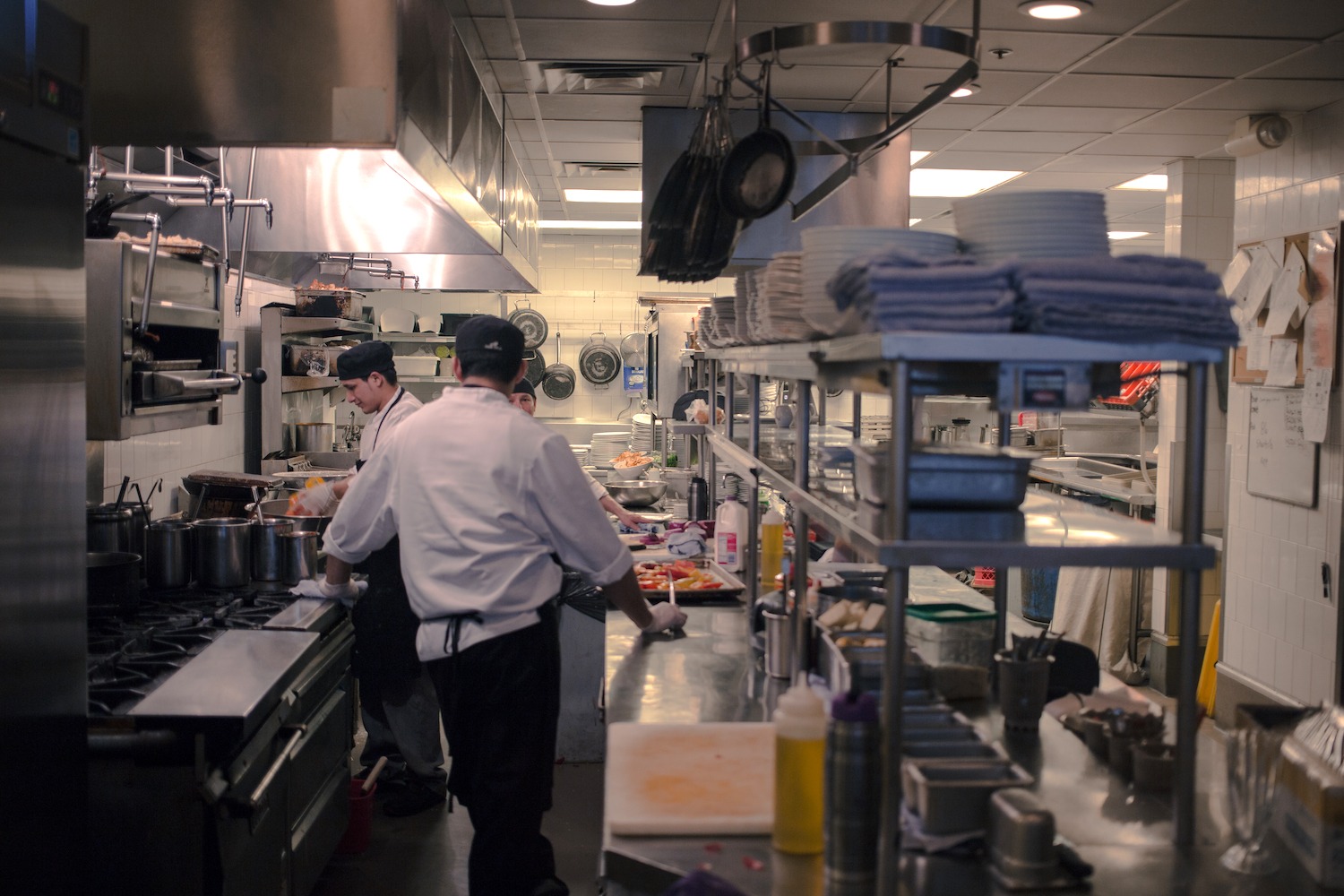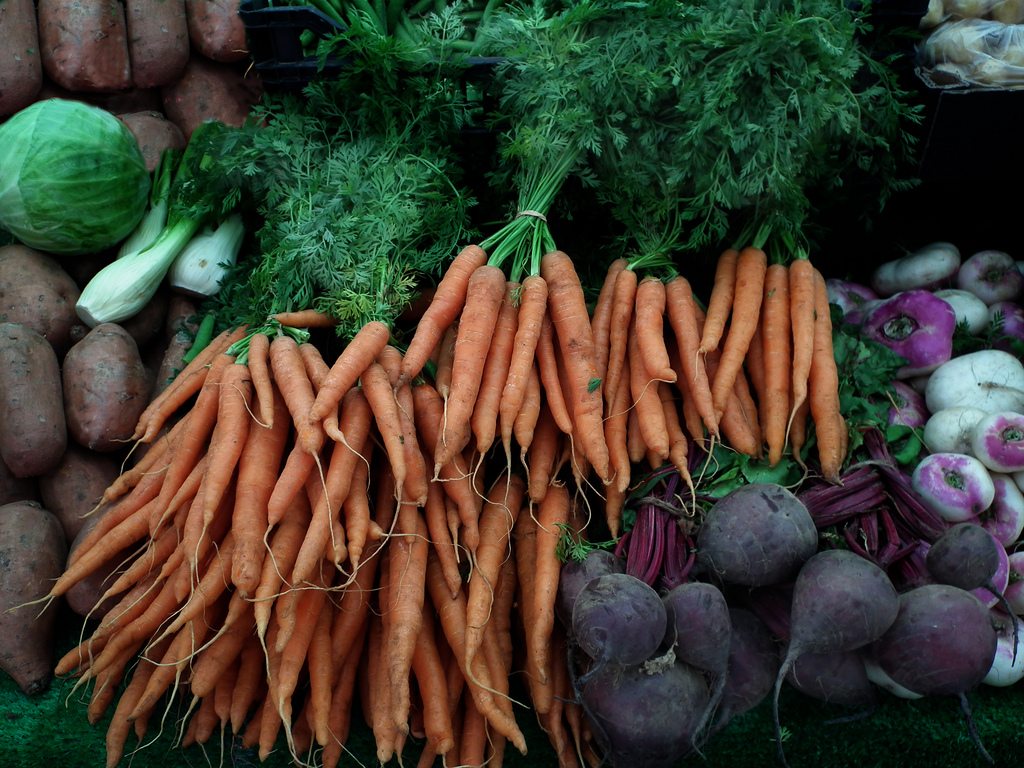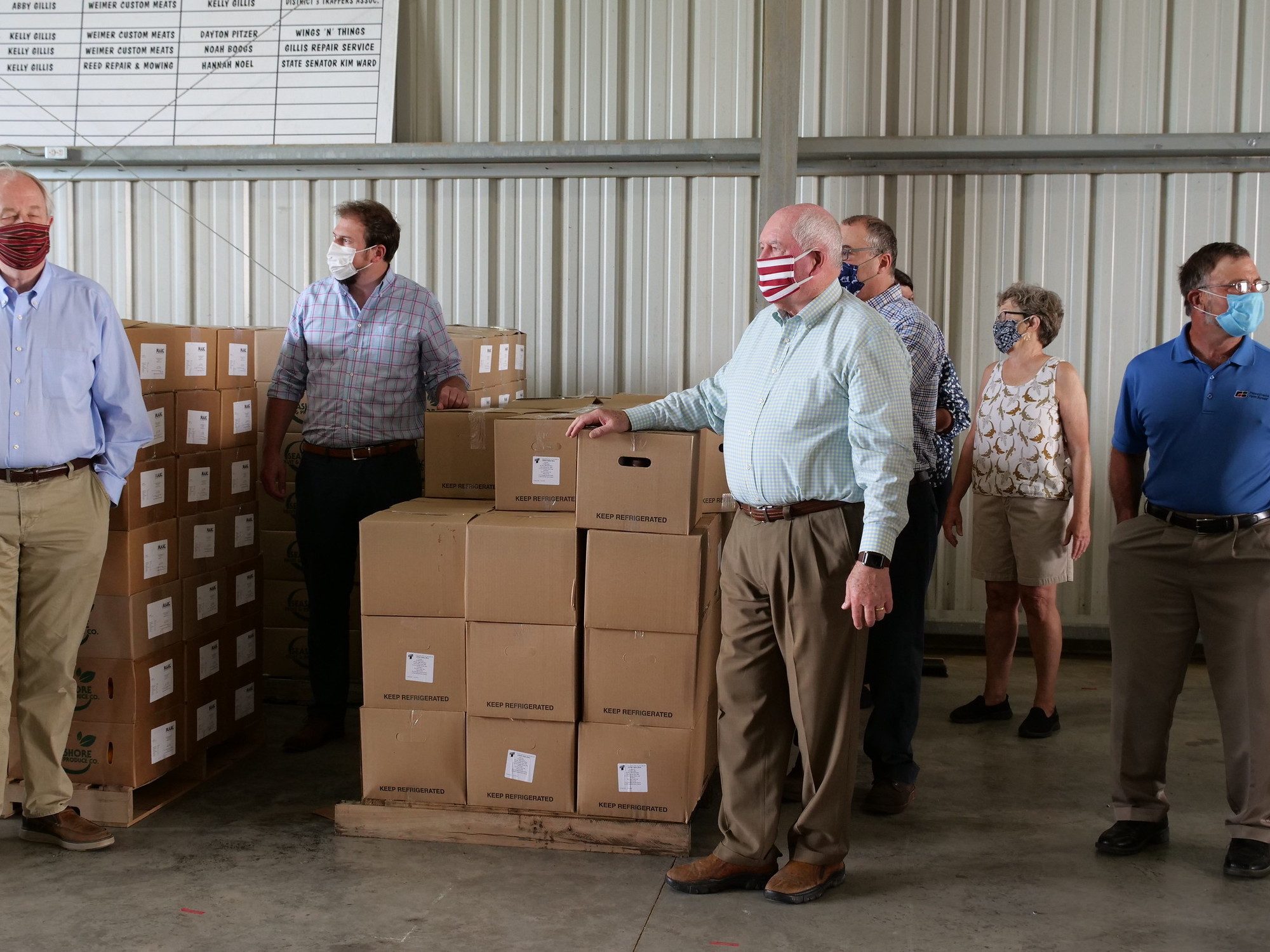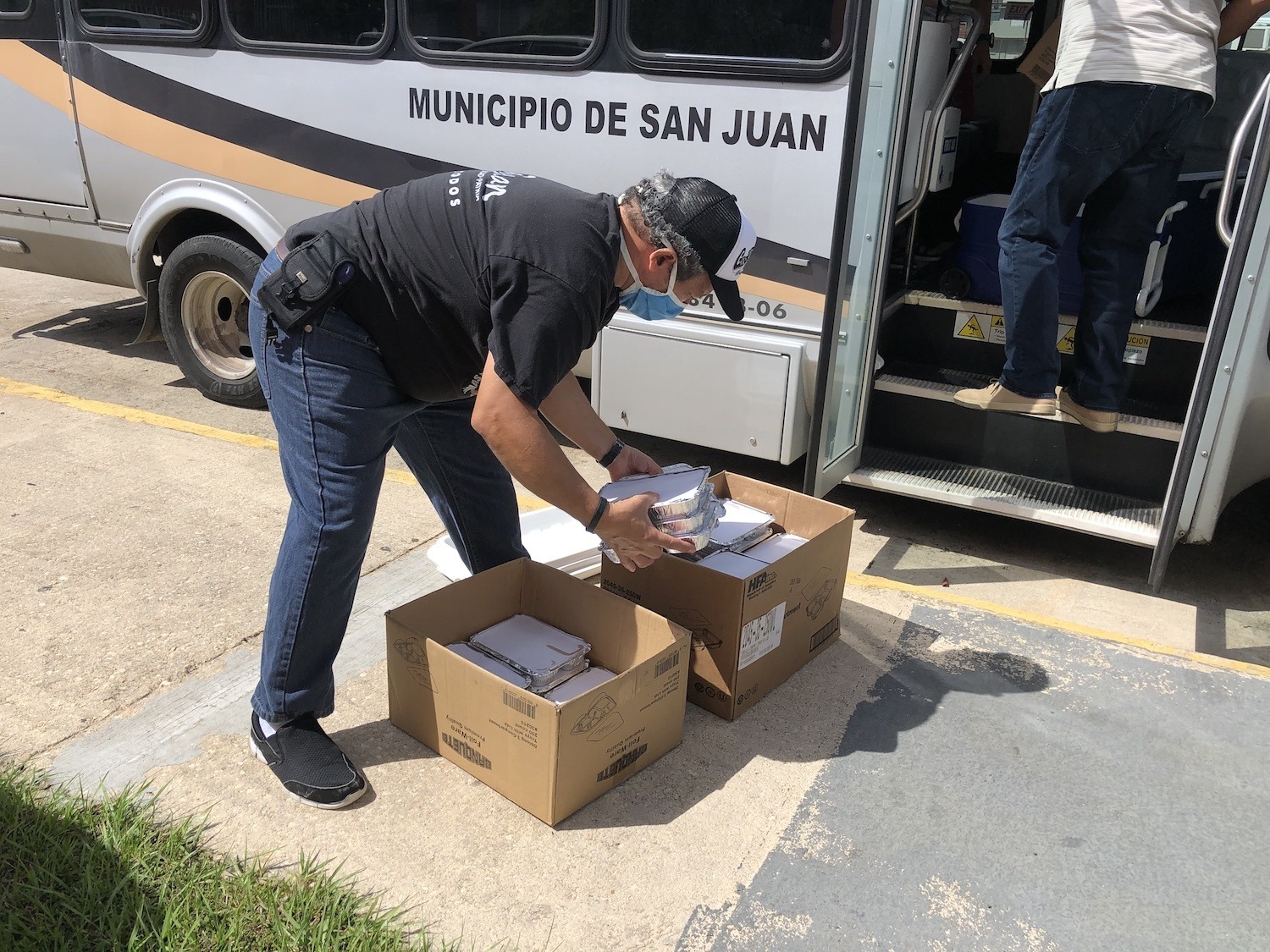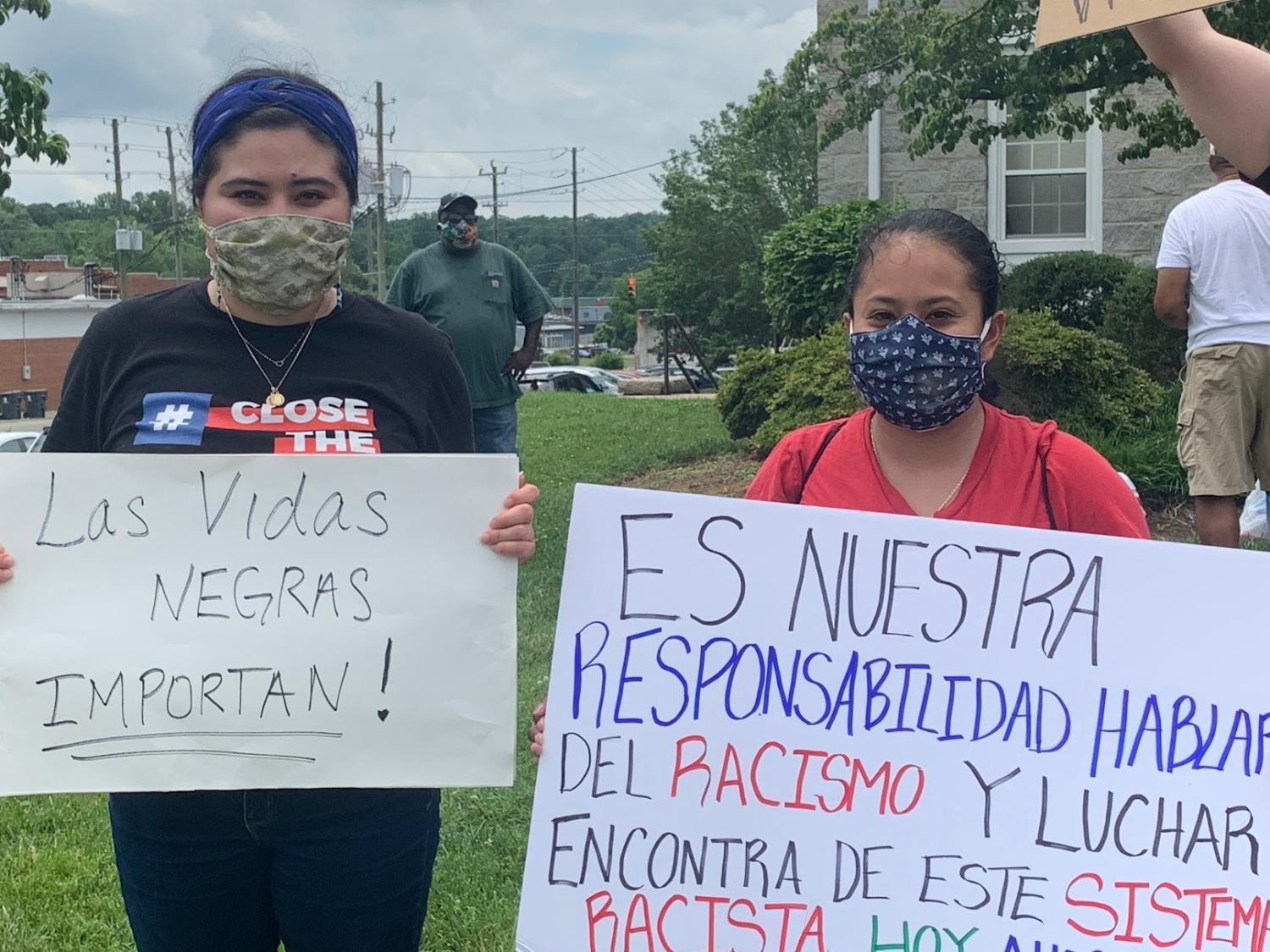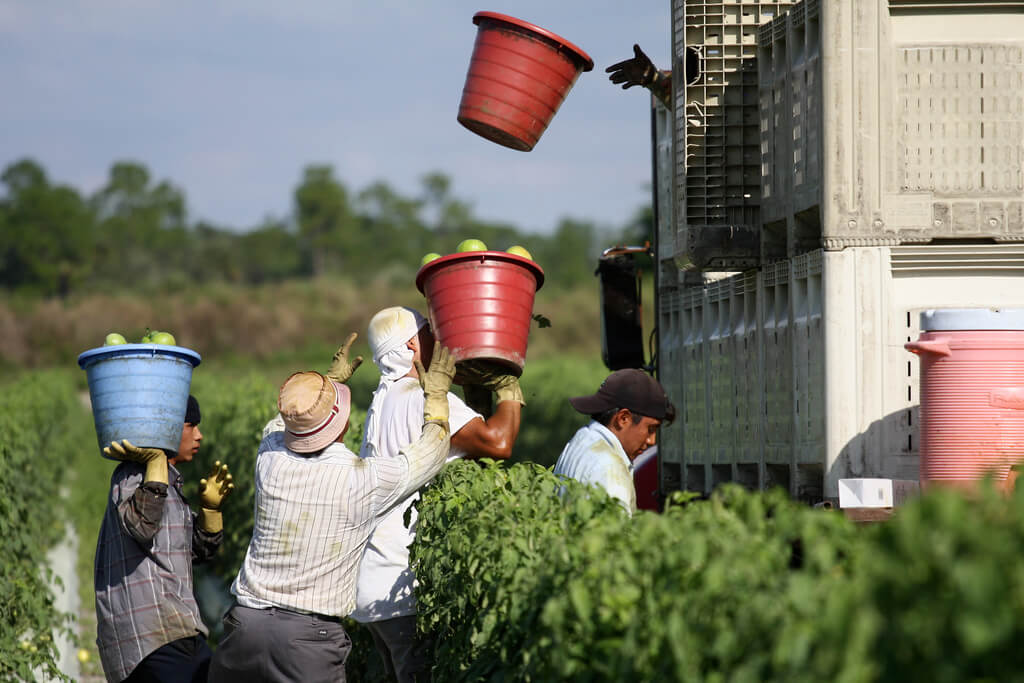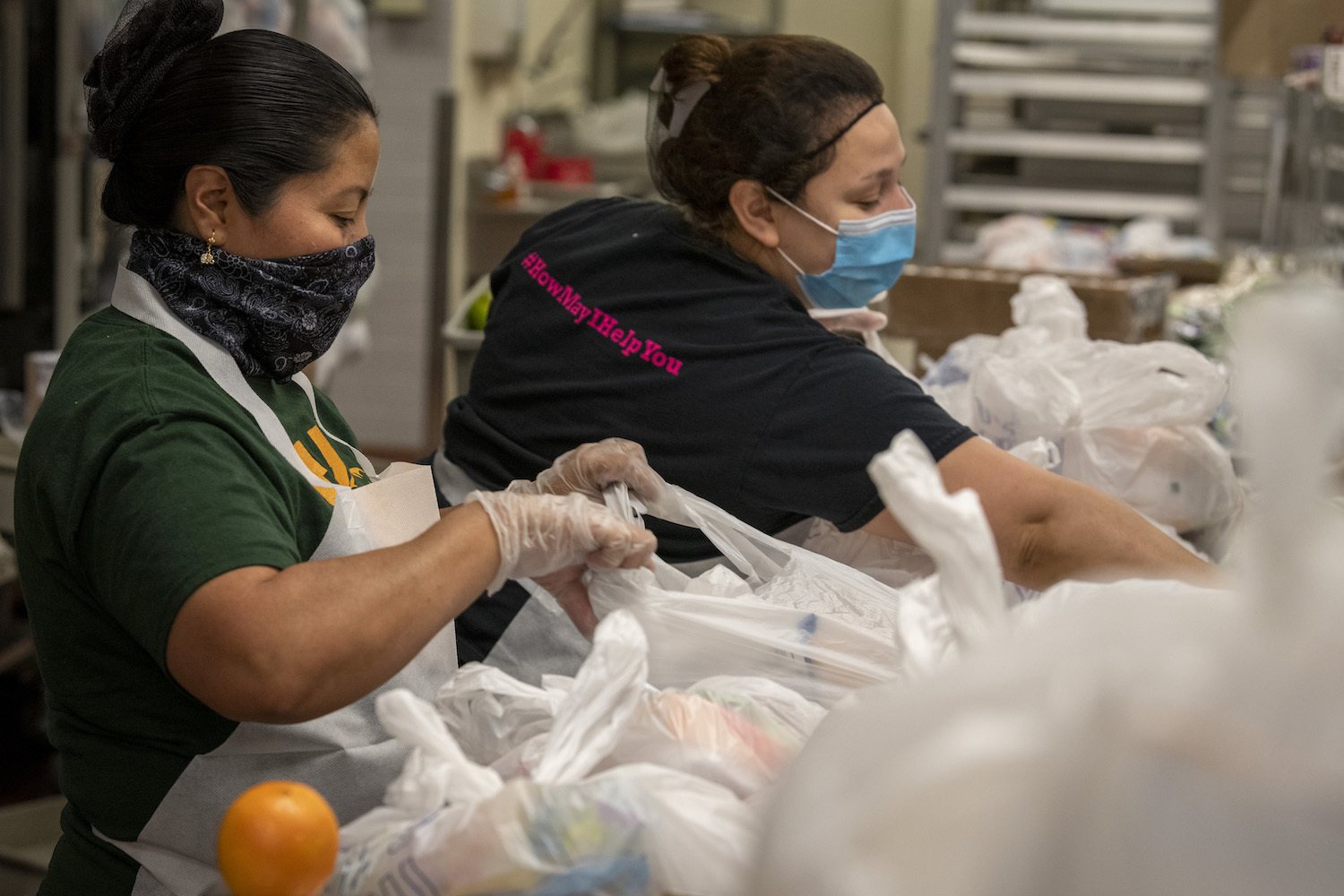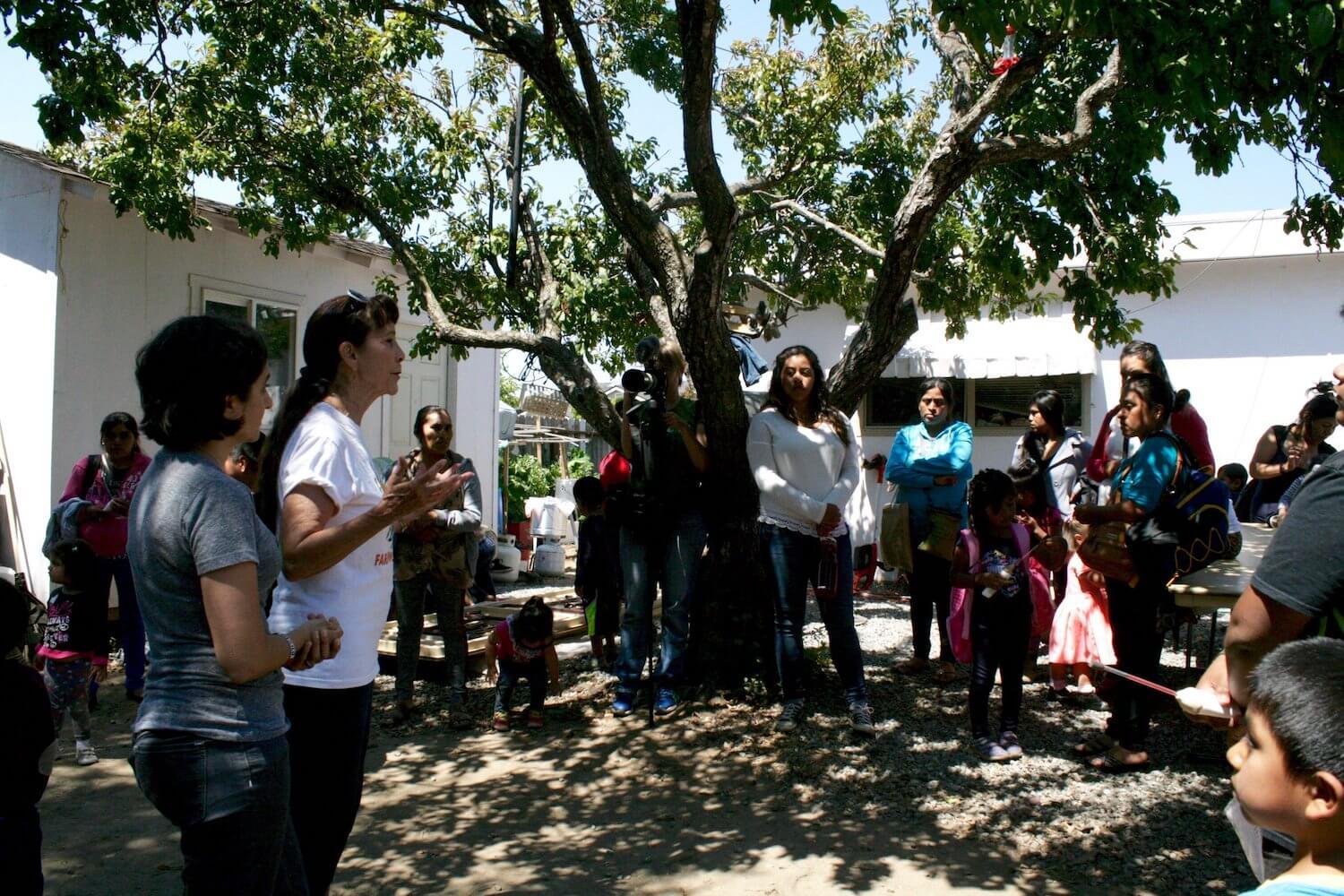
The Center for Farmworker Families
This article is republished from Food Bank News, which seeks to advance best practices in hunger relief. Read the original article here.
Clandestine food distribution, direct financial assistance, and postings on WhatsApp are part of an emergent underground network designed to help immigrants in need.
Underground food distributions, direct financial assistance, and postings on WhatsApp are some of the ways food banks are reaching out to undocumented clients, a population that has been particularly hard hit by the coronavirus crisis.
The efforts are designed to combat the chilling effects of the current administration’s immigration policies, which seek to make it harder for immigrants who are not wealthy to gain permanent residence. They go above and beyond more common ways of accommodating the undocumented, such as not asking people about their migration status during food distributions.
“I was not aware of how scared they were. That was a shock for me.”
Undocumented clients are especially vulnerable these days because they don’t qualify for the unemployment benefits that other out-of-work people are able to receive. They also fear coming into contact with U.S. Immigration and Customs Enforcement officers during distributions or endangering their migration status by applying for SNAP.

Rosario Valerio
The underground food distribution program at Second Harvest Food Bank of Santa Cruz County serves about 160 families, said Rosario Valerio.
It all adds up to a limited ability to access resources among a population that needs them the most. “I was surprised at how many more families were in need,” said Rosario Valerio, Senior Manager of Nutrition Programs at Second Harvest Food Bank of Santa Cruz County. “I was not aware of how scared they were. That was a shock for me.”
Valerio helps oversee the food bank’s underground food distribution program, run in conjunction with the Center for Farmworker Families, a nonprofit dedicated to advocating for and supporting farmworkers and their families, mostly from Mexico.
The secret food distribution program, which started two years ago and now serves about 160 families, came about when Dr. Ann Lopez, Executive Director of the Center for Farmworker Families, approached the food bank about the migrant farm workers who harvested food for a living, but were not being paid enough to support their families. The workers also felt they could not safely access food assistance.
To remedy this, the two organizations created a clandestine food bank, which meets in less public locations such as alleys and backyards. These locations are rotated to further ensure client safety. Rather than advertise the sites, Lopez makes phone calls directly to families about where they need to go.
“All these people are here getting food because they trust Dr. Lopez,” Valerio said. “They feel comfortable to come and get the food that they need to be able to provide for their families.”
Partnering with organizations that are already established in supporting migrant people has proven to be one of the most effective ways for food banks to serve this sometimes hard to reach demographic.
“Some of these grassroots organizations are doing the work that we can’t do as a nonprofit. We need to support that and help them grow.”
In looking for timely ways to help the undocumented during the pandemic, the Community Food Bank of Southern Arizona decided to give grants to grassroots and mutual aid organizations to provide “no-strings attached” financial assistance directly to people.
“We just distribute the money out … so they don’t get taxed on it and so we’re basically shifting our resources,” said Claudio Rodriguez, the food bank’s Farm and Garden Program Manager. The program has helped people pay rent and make up for lost income due to the pandemic.
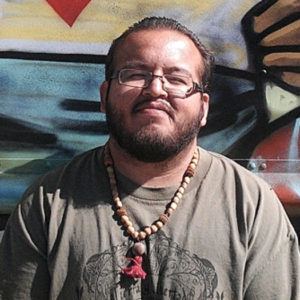
Claudio Rodriguez
The Community Food Bank of Southern Arizona is giving direct financial aid to undocumented clients through mutual aid and grassroots organizations, said Claudio Rodriguez.
“Some of these grassroots organizations are doing the work that we can’t do as a nonprofit,” Rodriguez said. “We need to support that and help them grow.”
The food bank is also seeking to be sensitive to the viewpoints and life experiences of its undocumented clientele. For example, it decided that clients would be better served if volunteers from the National Guard did not dress in uniform.
“We know the population that we serve. We know the community that we’re in, and this is going to have people not show up and get what they need,” Rodriguez said of the decision to require civilian clothing.
Client feedback is also directing food-bank decisions about how to serve undocumented clients. In its most recent strategy planning session, the Community Food Bank of Southern Arizona paid clients to offer their thoughts on areas of improvement. Many migrant clients expressed the need for more support in securing sustainable work and greater advocacy in speaking out against the detainment of people.
“Our main priority is the people who live in Montgomery County; their legal status has nothing to do with it.”
In Montgomery County, Md., Manna Food Center took client feedback into account in deciding to use the social media tool WhatsApp to better connect with clients.
“We’ve found that WhatsApp is popular in the Latino community, maybe more so than Facebook or text message,” said Samantha Miller, Communications Manager at Manna. It’s one of the ways the food bank spreads and collects information in both Spanish and English about where it will be providing meals.
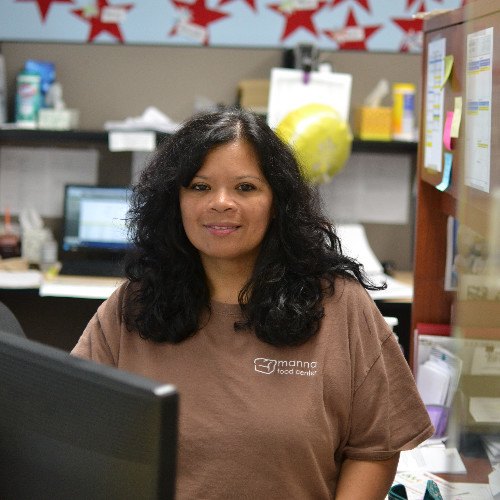
Yelba Mojica
Manna Food Center wants to provide worry-free services to undocumented clients, said Yelba Mojica.
Manna added WhatsApp to its outreach efforts in May through a partnership with Montgomery County’s Latino Liaison. The liaison, Jessy Meija Terry, receives meal program schedules from Manna and communicates the information via the messaging app.
Since March, Manna Food Center has gone from packing around 3,000 bags a week to 7,000 bags a week, in response to the demands of the pandemic.
Manna Food Center, like Community Food Bank of Southern Arizona and Second Harvest Food Bank of Santa Cruz County, doesn’t require clients to claim their migration status during food distributions, providing additional safety assurances.
“Our main priority is the people who live in Montgomery County; their legal status has nothing to do with it,” said Yelba Mojica, Manna Food Center’s Referral Services Manager. “We want to make them feel and know that they have nothing to worry about.”

